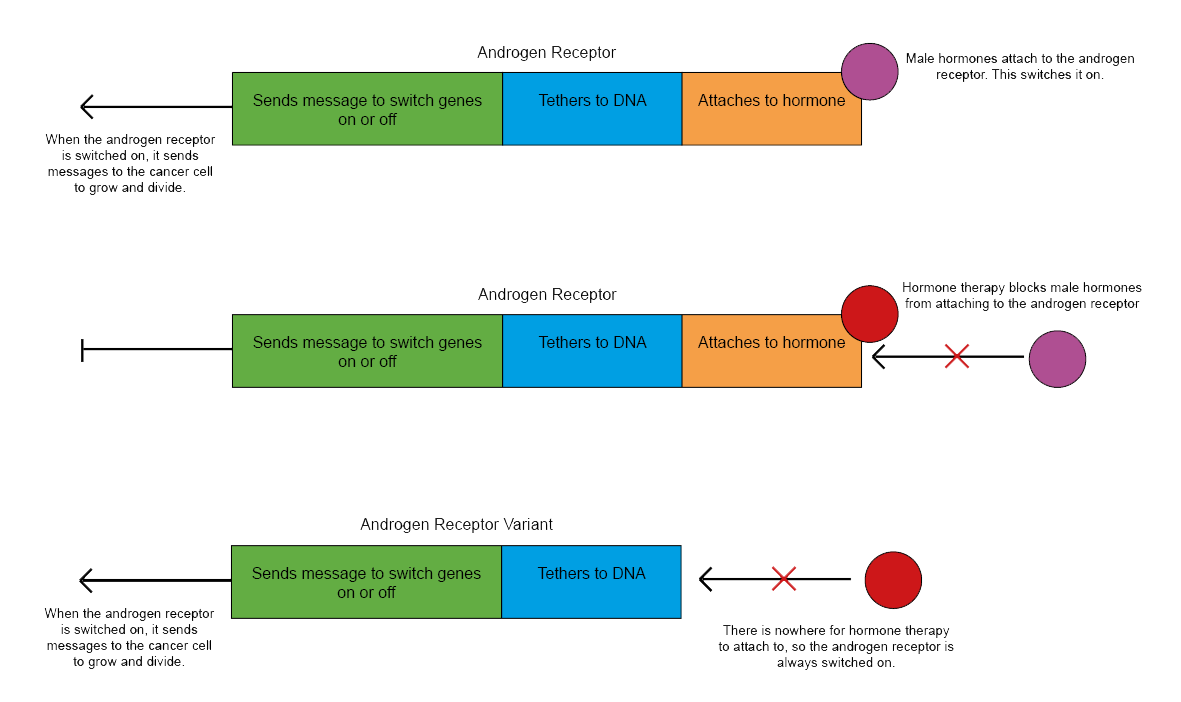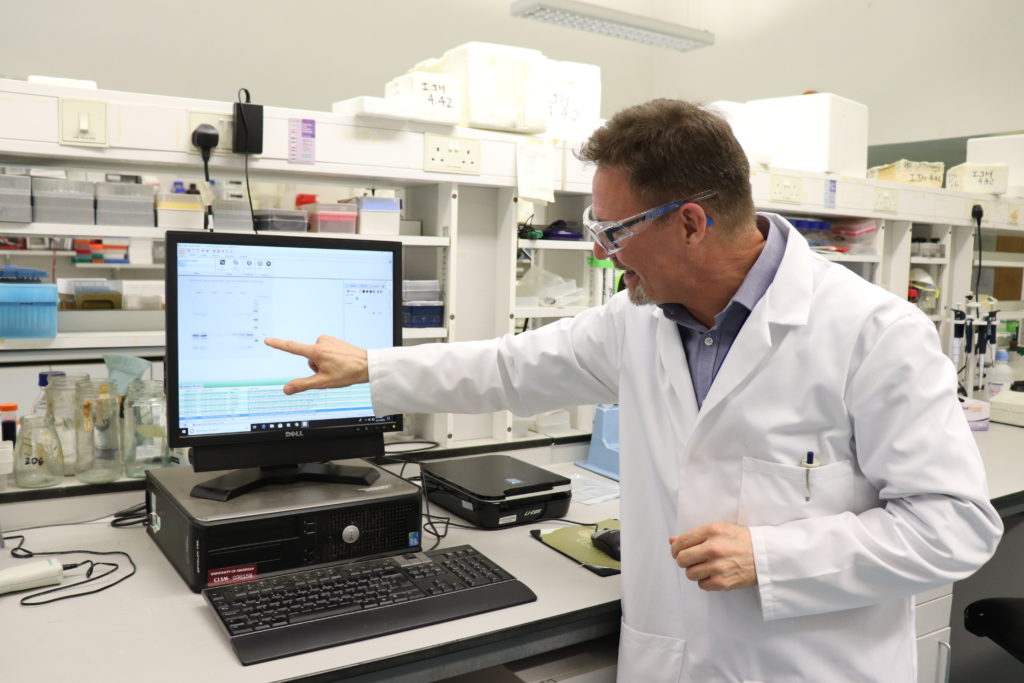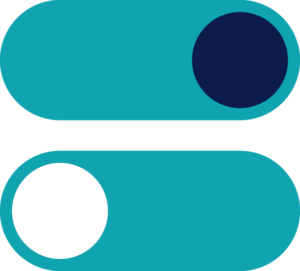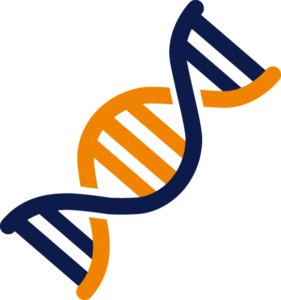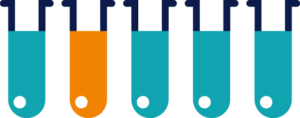Hormone therapy is one of the main forms of prostate cancer treatment but unfortunately it will eventually stop working for many patients. Hormone therapy works by stopping the androgen receptor from telling cancer cells to grow. The outside of the androgen receptor acts as a switch which is turned on by male hormones and turned off by hormone therapy. When this switch is on, the androgen receptor sends messages telling the cancer to grow. Sometimes different versions of the androgen receptor are made, called androgen receptor variants (ARVs). ARVs don’t have a switch so they are always turned on and hormone therapy is unable to turn them off.
There are currently no treatments that can overcome this resistance which makes it an important target for research.

